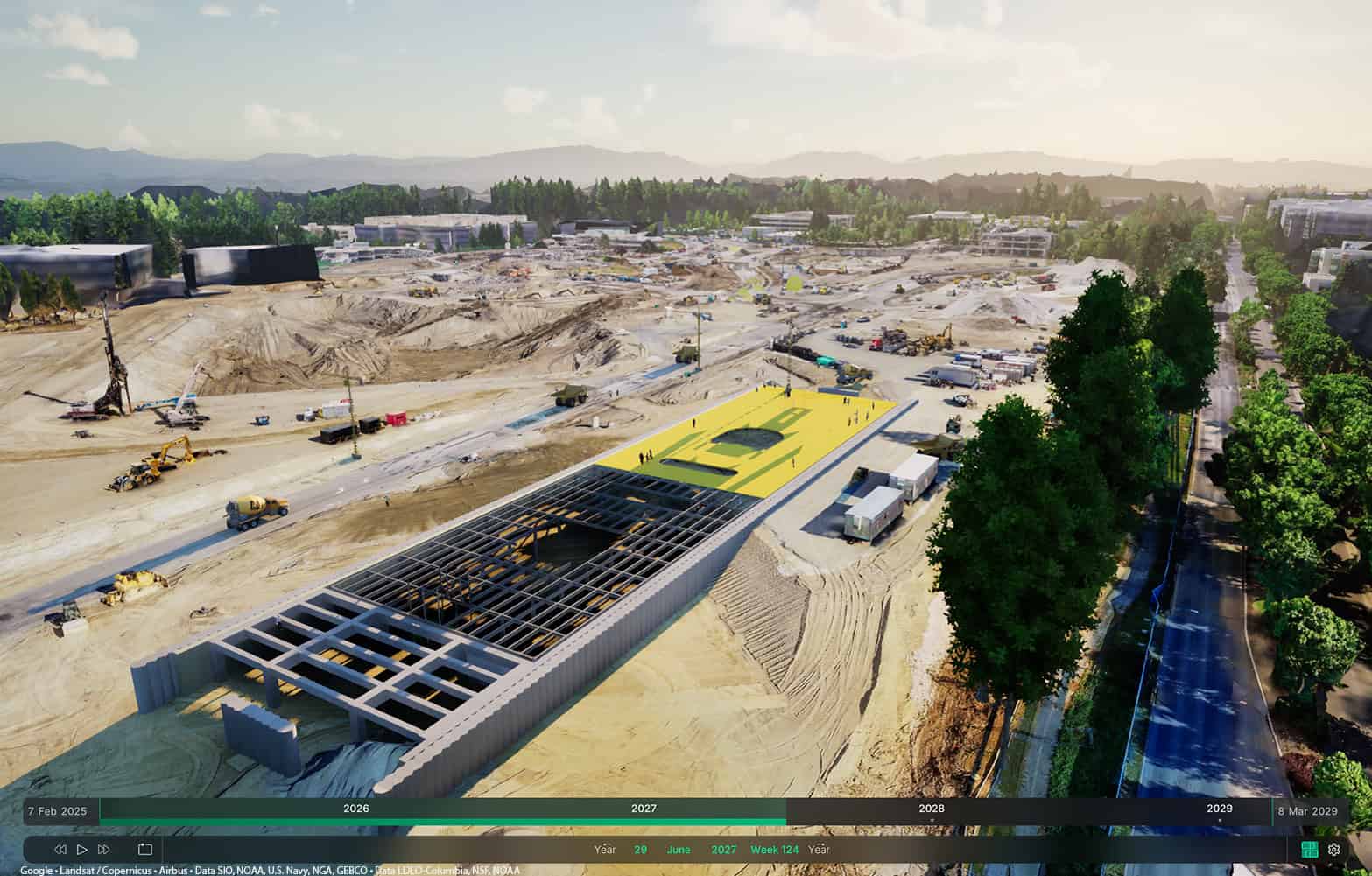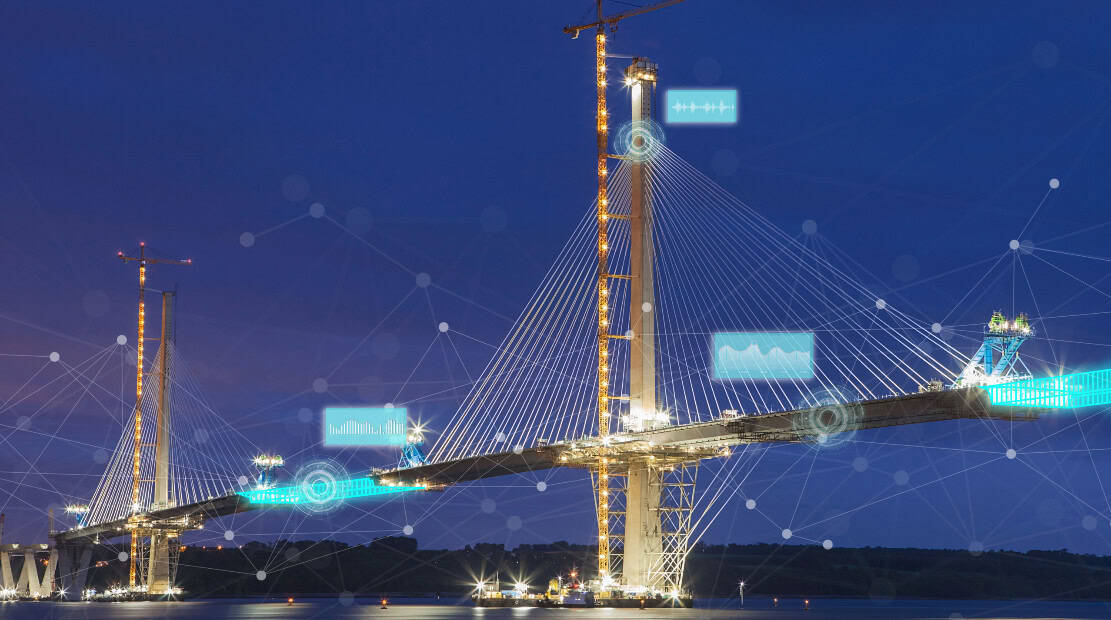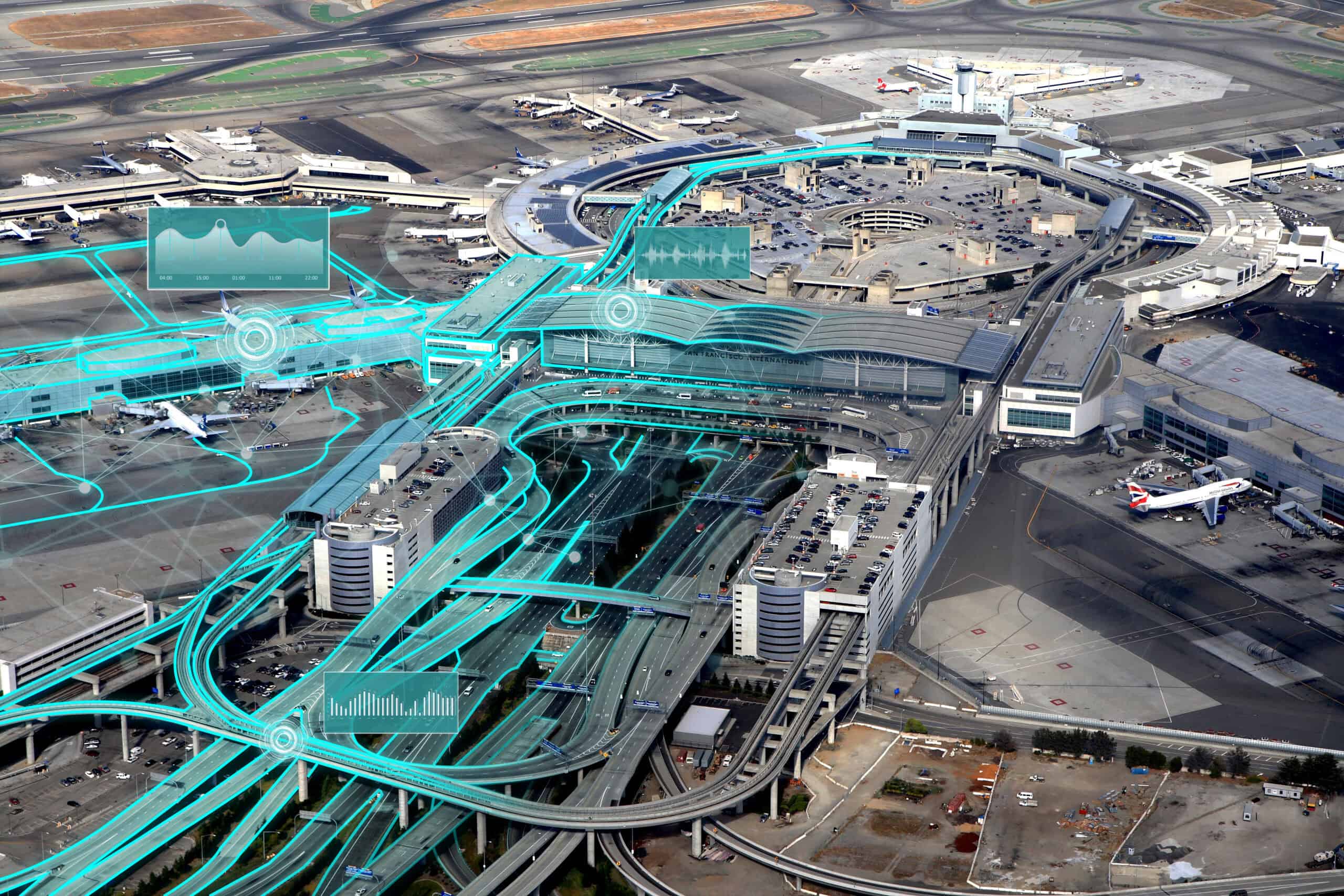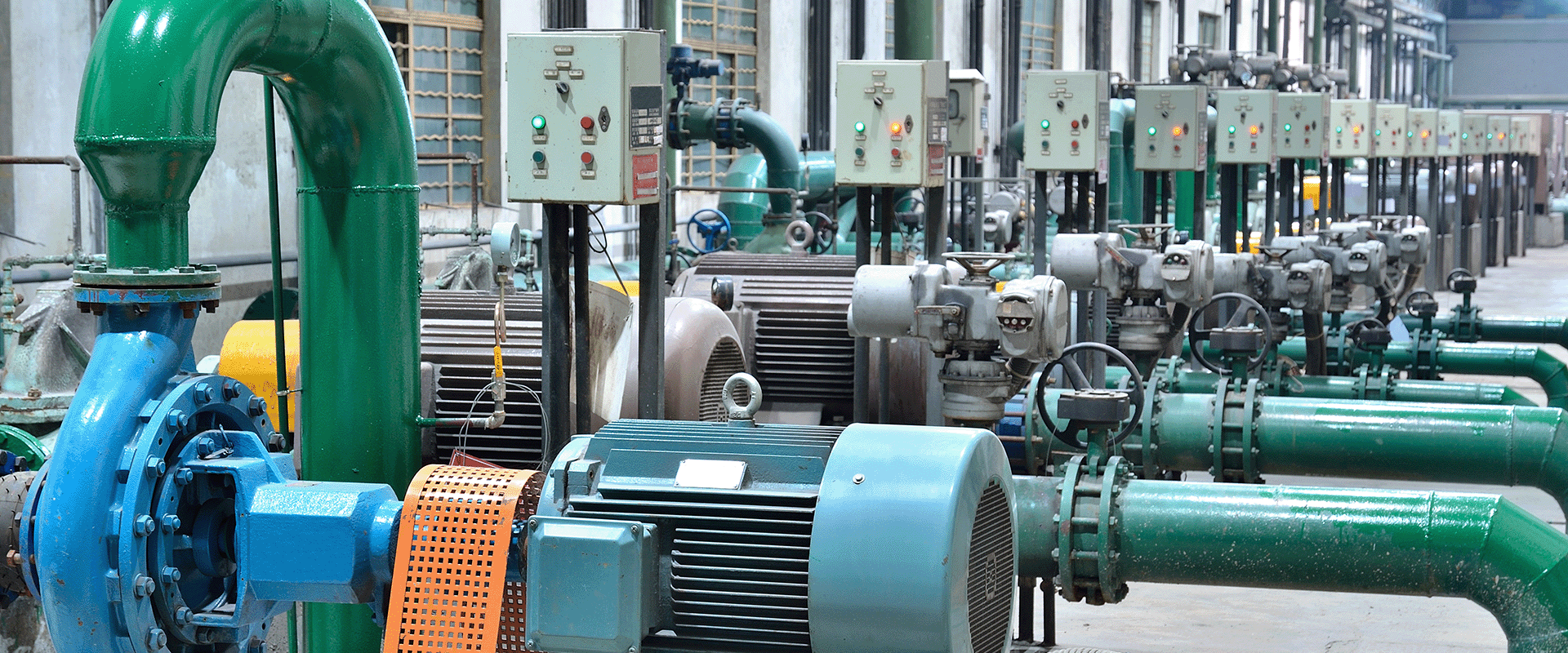As the world races to meet aggressive climate targets, infrastructure stakeholders such as engineers, architects, asset owners, and policymakers are being asked to think beyond compliance. It’s not enough to meet today’s environmental standards; tomorrow’s success depends on creating sustainable systems that are smarter, more efficient, and future-ready.
In this blog, we’ll explore how Bentley’s Carbon Analysis is helping infrastructure teams design more sustainably and intelligently with key capabilities, including:
- Automated Material Quantity Extraction to streamline data prep and reduce manual effort.
- 1-Click Carbon Reporting integrated with trusted LCA tools for fast, accurate assessments.
- 3D Heatmap Visualization that highlights carbon hotspots directly within your design models.
- Web-Based Collaboration and Open Data Interoperability to support seamless teamwork and informed decision-making across the project lifecycle.
What is Embodied Carbon?
Embodied carbon reporting is the process of measuring and documenting the carbon emissions associated with materials used during an asset’s life cycle. This includes emissions from the extraction, processing, transportation, installation, maintenance, and disposal of materials.
Effective embodied carbon reporting relies on several key components. It begins with creating a comprehensive material inventory that classifies all materials used. From there, teams perform quantification using standardized units, apply appropriate emission factors to calculate total emissions, and conduct data validation to ensure accuracy. Finally, results are organized and presented in categories such as material type or project phase, giving stakeholders clear visibility into where emissions are concentrated, and where improvements can be made.
While operational emissions (such as energy usage during a building’s lifetime) have long been a focus, embodied carbon—the emissions generated during material production, transport, and construction—has emerged as the silent heavyweight. For many infrastructure projects, it makes up more than 50% of total lifecycle emissions. And yet, most teams still struggle to measure or mitigate it effectively.
This is the moment where carbon intelligence becomes essential.
What Is Carbon Intelligence in Infrastructure?
Carbon intelligence goes beyond tracking emissions—it is about embedding sustainability directly into the design process, enabling real-time visibility into environmental impact, and turning carbon insights into smarter, faster, and more sustainable decisions.
Enter Bentley Systems’ Carbon Analysis: a breakthrough suite of tools that integrate embodied carbon measurement directly into infrastructure workflows. Built for design teams, engineers, and project stakeholders, Carbon Analysis transforms sustainability from a late-stage checklist into a dynamic, data-driven design asset.
Why Embodied Carbon Is a Hidden Crisis in Construction
Most infrastructure professionals know how to calculate operational efficiency. But embodied carbon presents different challenges. It is:
- Front-loaded: The majority of emissions happen before the asset is operational.
- Data-intensive: Accurate carbon estimation requires consistent, validated material and quantity data.
- Time-sensitive: Design choices made early have long-lasting carbon consequences.
Traditional workflows—often manual, fragmented, and disconnected from modeling tools—have made it difficult to address embodied carbon at scale and before design decisions are locked. This disconnect means that critical decisions are made without a thorough understanding of their environmental implications, leading to missed opportunities for decarbonization.
Inside Bentley’s Carbon Analysis Tool for Embodied Carbon
WSP, a leading multinational engineering and design firm, is responsible for delivering some of the world’s largest infrastructure projects. With infrastructure accounting for approximately 80% of the embodied carbon in human civilization, WSP recognized the urgent need to make meaningful reductions in carbon emissions.
The existing landscape for carbon reporting tools was overly complex and fragmented, making carbon accounting slow, opaque, and difficult to act upon during the critical early phases of design. WSP needed a solution that could simplify the process, accelerate feedback, and improve stakeholder understanding.
WSP adopted Bentley’s Carbon Analysis platform to streamline embodied carbon calculations by integrating powerful capabilities directly into its design workflow. The platform replaced static spreadsheets with simplified 3D visualizations, delivering interactive and intuitive feedback that enhanced understanding and engagement. It also introduced rapid feedback loops, allowing WSP to reduce the timeline for carbon assessments from weeks to mere hours. By embedding these capabilities into the design process, the team could perform repeated assessments as designs evolved, ensuring carbon considerations were consistently informed and up to date.
With Carbon Analysis, Bentley delivers a fully integrated approach that brings sustainability into the heart of the design environment. Instead of relying on siloed systems or time-consuming manual calculations, project teams can now analyze, report, and optimize embodied carbon directly within their design models.
Key capabilities include:
- Automated Material Quantity Extraction: Pull quantities from 3D models instantly—no manual input required.
- 1-click Carbon Reporting: Integrated with trusted LCA platforms such as One Click LCA and EC3, teams can generate accurate A1-A3 embodied carbon reports with a single click.
- 3D Heatmap Visualization: Carbon data appears as intuitive heatmaps within the model, helping designers pinpoint and reduce carbon hotspots in real time.
- Web-based Collaboration: Cloud-enabled and open-data compatible, Carbon Analysis supports seamless collaboration across project teams, disciplines, and geographies.
- Interoperability with Digital Twins: When paired with Bentley’s iTwin Platform, users can build dynamic “carbon twins”—digital representations of the asset that track emissions over time and across phases.
The result? Sustainability becomes actionable and iterative—not just compliant, but optimized.
Carbon Analysis as a Strategic ESG and Decarbonization Advantage
The value of carbon intelligence extends far beyond regulatory compliance. In today’s infrastructure landscape, it is rapidly becoming a strategic differentiator. Organizations that can quantify and reduce embodied carbon:
- Win more environmental, social, and governance (ESG)-conscious clients and investors.
- Position themselves for green financing and climate bonds.
- Meet or exceed emerging regulations in markets from Europe to North America.
- Reduce construction costs through smarter material choices and resource efficiencies.
By building carbon literacy into project workflows, teams can make informed trade-offs, reduce lifecycle emissions, and deliver more resilient, climate-aligned infrastructure.
The Future Is Carbon-intelligent
The intersection of digital design, AI-enabled automation, and sustainability mandates has created a new paradigm for infrastructure delivery. As infrastructure firms increasingly embrace digital twins, lifecycle analysis, and carbon transparency, tools like Bentley’s Carbon Analysis will become foundational.
This shift is not just technological—it is cultural. It signals a broader industry move from reactive sustainability to proactive, data-driven environmental stewardship.
Ready to Lead?
Sustainability is no longer a side conversation. It is integral to performance, profitability, and purpose in infrastructure. Bentley’s Carbon Analysis enables teams to act decisively, design responsibly, and build future-ready assets that meet both today’s regulations and tomorrow’s expectations.
Are you ready to lead the decarbonization movement? Start your carbon-intelligent journey and explore Bentley’s Carbon Analysis.









